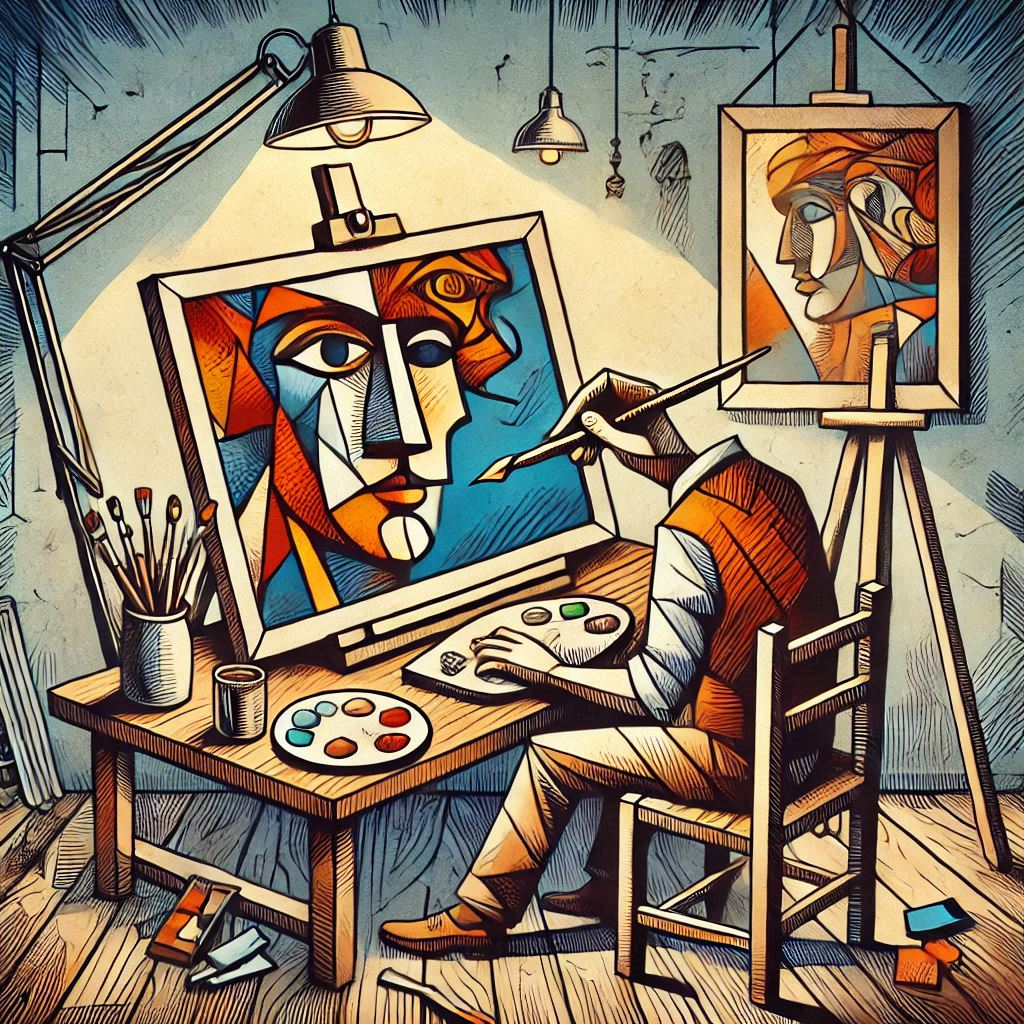The dreaded creative block – that frustrating stagnation where ideas dry up and the canvas, digital or otherwise, stares back blankly. For artists, designers, and anyone in a creative field, it’s a familiar and unwelcome visitor. But the burgeoning field of AI art generation is emerging as a powerful ally in overcoming these creative hurdles, offering a fresh perspective and a potent source of inspiration.
One of the most significant ways AI conquers creative blocks is by providing a novel starting point. Instead of staring at a blank page, an artist can input a simple text prompt, a vague concept, or even a single word, and witness the AI generate a multitude of visual interpretations. These initial outputs, often unexpected and surprising, can act as a catalyst, sparking new ideas and directions that the artist might not have considered otherwise. It’s like having an inexhaustible brainstorming partner that never runs out of suggestions.
Furthermore, AI excels at exploring unconventional combinations and styles. By prompting the AI to blend disparate artistic movements, experiment with unusual colour palettes, or imagine fantastical scenarios, artists can break free from their established patterns and discover entirely new aesthetics. The AI can effortlessly fuse surrealism with cyberpunk, or watercolour techniques with geometric abstraction, offering a playground for stylistic innovation. This ability to generate the unexpected can be particularly useful when feeling stuck in familiar territory.
AI art generation also facilitates rapid prototyping and visualisation. When an idea is still nascent and fuzzy, describing it to an AI can quickly produce visual representations. This allows artists to see their concepts come to life in various forms, helping them to refine their vision, identify potential flaws, and explore different iterations with unprecedented speed. This iterative process, fueled by AI’s quick output, can break down the inertia of a creative block by making the initial steps feel less daunting.
Beyond generating entirely new pieces, AI can also serve as a powerful tool for reinterpreting existing ideas. Feeding an AI a previous artwork or a recurring theme can result in fresh perspectives and unexpected variations. This can breathe new life into old concepts and push the artist to see their own work through a different lens. It’s like having a collaborative critique session where the feedback comes in the form of tangible visual alternatives.
However, it’s crucial to remember that AI is a tool, not a replacement for human creativity. The artist’s role remains vital in guiding the AI with thoughtful prompts, curating the generated outputs, and ultimately infusing the work with their own artistic vision and emotional depth. AI can break down the initial wall of a creative block, but it’s the artist who ultimately shapes the generated material into a meaningful piece.
In conclusion, AI art generation offers a dynamic and innovative approach to overcoming creative blocks. By providing novel starting points, exploring unconventional styles, facilitating rapid prototyping, and reinterpreting existing ideas, AI can act as a powerful muse, helping artists to break free from stagnation and embark on new and exciting creative journeys. As this technology continues to evolve, its potential to unlock artistic inspiration will only continue to grow
